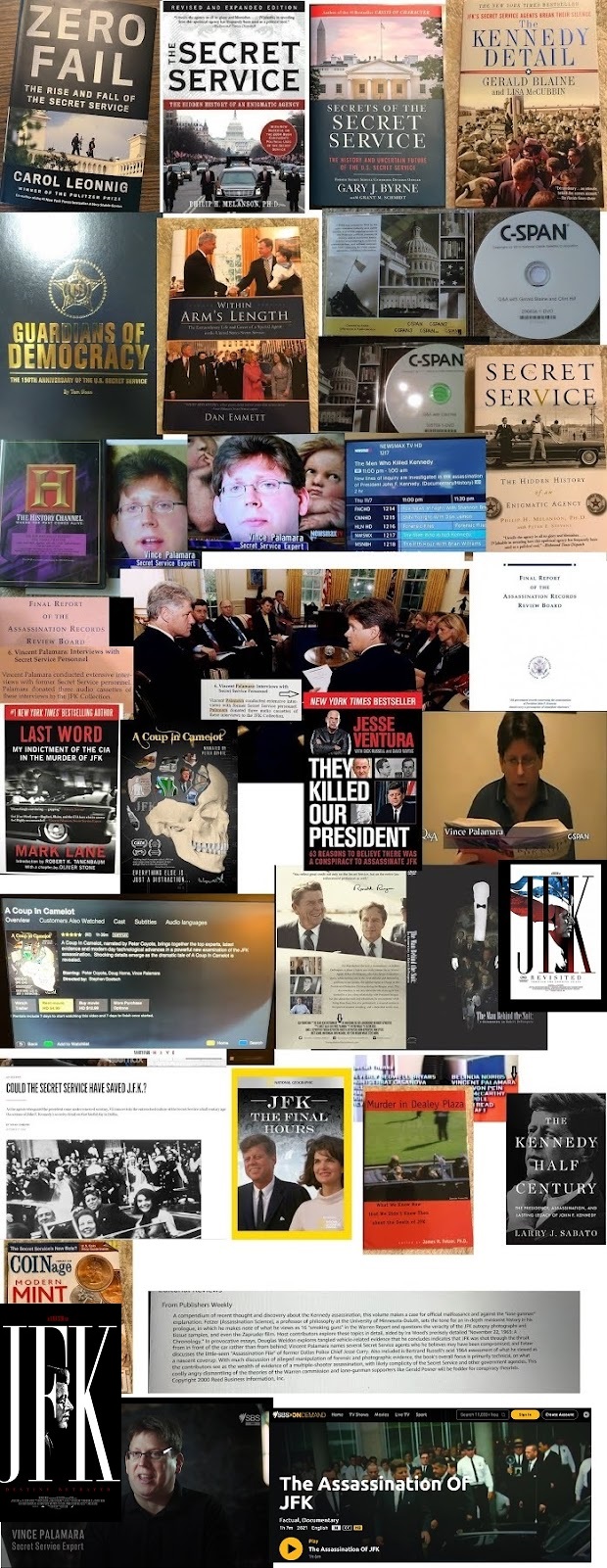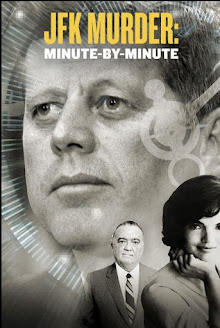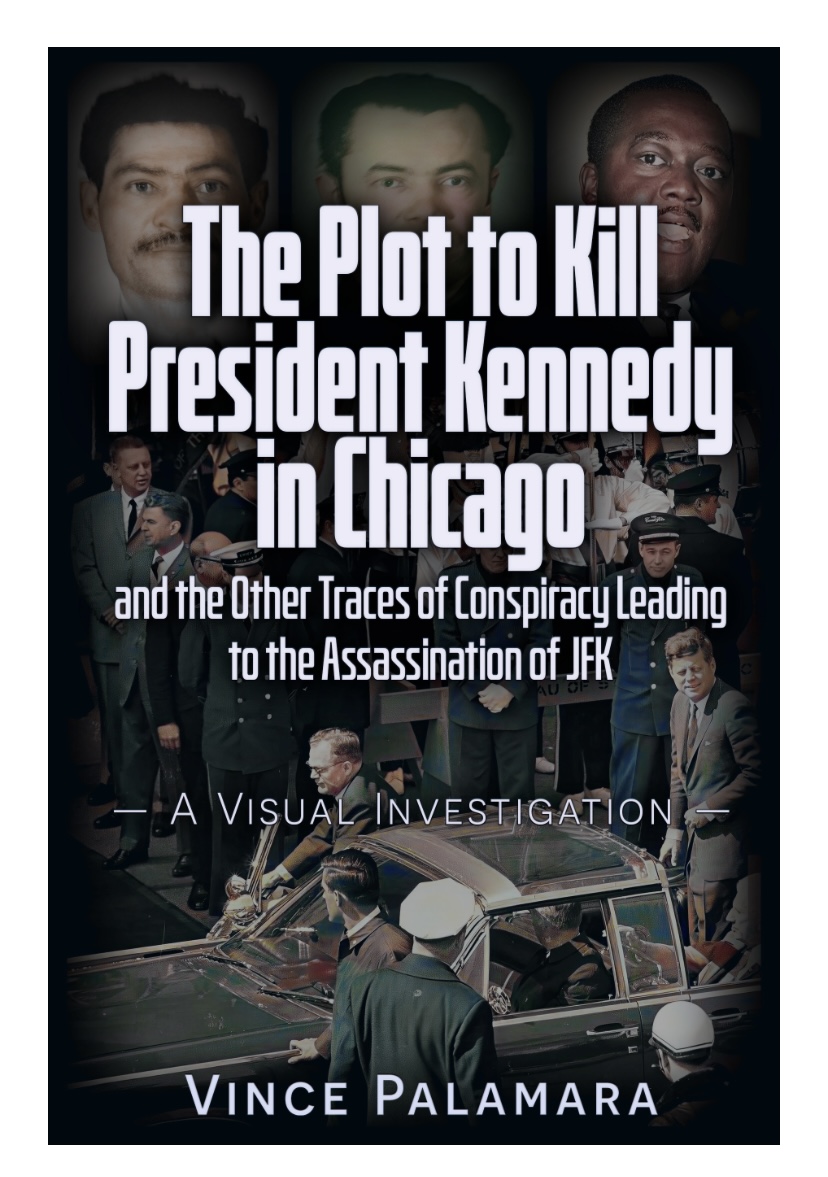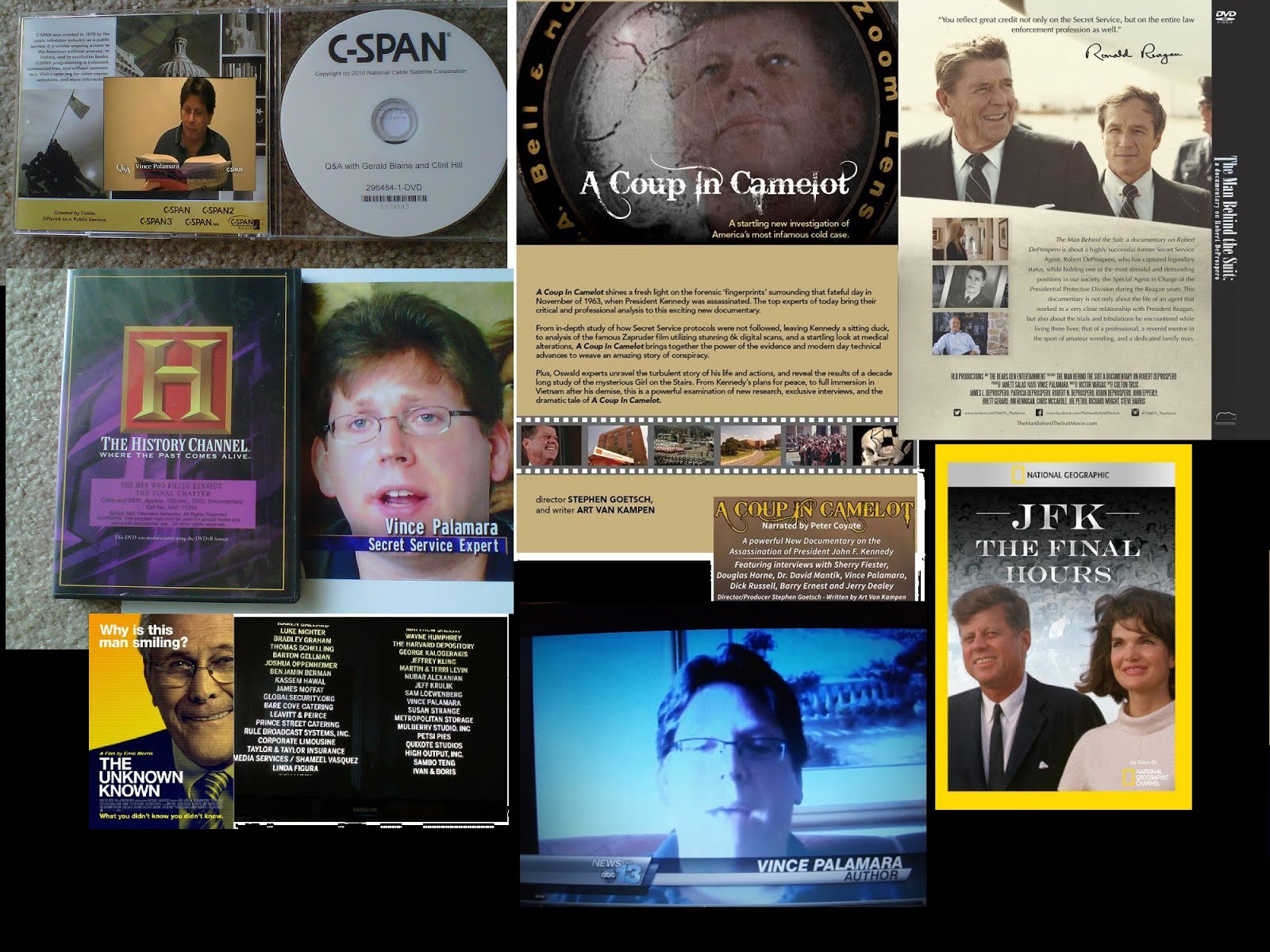The Tampa Plot in Retrospect
JFK at MacDill AFB, Florida, November 18, 193
Former SS Agent Blaine said that he has kept some of the advance reports on the Tampa trip, reports that had previously been reported destroyed.
The Tampa
Four days before he was killed in Dallas President Kennedy
visited Tampa ,
Florida Miami Cuba Cuba
In the course of this trip, which included a long motorcade
that began and ended at MacDill AFB, Kennedy met privately with the commander of
MacDill, a base where a quick-strike unit was prepared to intervene in
Cuba
Also in the course of the visit to Tampa, the Secret
Service and local authorities investigated a plot to kill the president, a
conspiracy that included shooting the President with a high powered rifle while
he rode in the motorcade, and a patsy, Gilberto Lopez, a Cuban affiliated with
the FPCC who was trying to get back into Cuba, and eventually did so, via the
same route Oswald allegedly tried to take via Texas and Mexico City.
News of the Tampa plot was confined to a single newspaper
report, and picked up by the UPI, but Lamar Waldron and Thom Hartmann explore
this plot further and in some detail in their books “Ultimate Sacrifice”
(Carroll & Graf, 2005) and “Legacy of Secrecy” (Counterpoint, 2008).
While their view of the assassination is somewhat warped by
the adherence to their theory that what happened at Dealey Plaza was planned by
Mafia dons in league with some CIA officers
and Cubans planning a “C-Day” coup and US invasion of Cuba, much of what they
have uncovered is true and can be independently verified.
Laying the basic ground work in “Ultimate Sacrifice –
John and Robert Kennedy, the Plan for a Coup in
Cuba Cuba CIA was unmistakably plotting.
Desmond Fitzgerald (on September 25,
1964 ) informed the Joint Chiefs of Staff of their “Valkyrie” plan,
based on a failed plot to kill Hitler adapted to
Cuba
That alone is a major research breakthrough, and if they
would have stopped right there and entwined the details of how that Cuban coup
planning was redirected to Dealey Plaza, it would have been enough, but they
further developed their theory with the additional details - that the Kennedys
had a approved a coup in Cuba to take place on C-Day (Dec. 1) and that this plot
was hijacked by Mafia dons Santo Traficante and Carlos Marcello and used to kill
Kennedy.
Although he is not named in the first edition of their
book, Juan Almeida is identified in hastily published follow up edition after
Almeida was named by others.
My primary problems with their work is centered on the fact
that they made up the term “C-Day” for the date of their planned coup and
invasion of Cuba, so it is not a term you will find in any government records,
although the idea of a coup in Cuba was the subject of many discussions that are
memorialized in memos and documents, especially the military records found among
the Califano papers, released under the JFK Act [ and posted on-line at Mary
Ferrell ]
It has also been brought to our attention that on the date of the supposed coup, it has been documented that Almeida was in an airplane on the way to Africa to lead Cuban forces in the Congo, so he was in no position to lead a coup in Cuba and in any case, he didn’t, and is still considered in the good graces of the Castro government in Cuba.
It has also been brought to our attention that on the date of the supposed coup, it has been documented that Almeida was in an airplane on the way to Africa to lead Cuban forces in the Congo, so he was in no position to lead a coup in Cuba and in any case, he didn’t, and is still considered in the good graces of the Castro government in Cuba.
My other problem with the Waldron/Hartman theory is that
the coup plan was known to, infiltrated and hijacked by Mafia dons, when in fact
the CIA and the Joint Chiefs of Staff, who
were in cahoots in the Valkyrie Plot, were quite capable of redirecting the
Havana coup from Castro to Kennedy without any help from their Mafia friends,
though they certainly could have been used in some of the tactical aspects (ie.
silencing the Patsy).
Nor do I think that their extensive use of anonymous
sources contributes to their credibility, though I believe their unidentified
ONI source as having shadowed Oswald and destroying official government records
related to Oswald immediately after he was arrested.
That said, Waldron and Hartmann have done extensive
research into the Tampa
In “Ultimate Sacrifice” (p. 145), they write:
“Authorities had received credible reports of threats against JFK, and Tampa
authorities had uncovered a plan to assassinate JFK during his long motorcade
there...Long-secret Congressional reports confirm that ‘the threat on November
18, 1963 was posed by a mobile, unidentified rifleman shooting from a window in
a tall building with a high power rifle fitted with a scope.’ One Secret Service
agent told Congressional investigators that ‘there was an active threat against
the President of which the Secret Service was aware in November 1963 in the
period immediately prior to JFK’s trip to
Miami
“The Tampa Chicago Tampa Florida
JFK at MacDill - Mary Ferrell Photo Archives
JFK at MacDill - Mary Ferrell Photo Archives
“After JFK arrived in
Tampa November 18, 1963 , newspapers say that he was
first ‘closeted’ with ‘General Paul Adams, commanding officer of the Strike
[Force] Command’ for a ‘secret session at MacDill.’ Joining General Adams were
the commander of the Tactical Air Command headquartered at Langley AFB,
Virginia Fort Monroe ,
Virginia
JFK at MacDill - Mary Ferrell Photo Archives
JFK at MacDill - Mary Ferrell Photo Archives
After the motorcade JFK addressed the United Steelworkers
at the International Inn, where Waldron and Hartman say, “Just four days later,
Trafficante would go to the site of JFK’s last speech in
Tampa Dallas
After that
Tampa Miami Cuba
“The Tampa Police Chief on November 18, 1963 , J.P. Mullins, confirmed the existence of
the plot to assassinate JFK in Tampa
“The Tampa attempt is documented in full for the first time
in any book later; but briefly, it involved at least two men, one of whom
threatened to ‘use a gun’ and was described by the Secret Service as ‘white,
male, 20, slender build,’ 28.….According to Congressional investigators, ‘Secret
Service memos’ say ‘the threat on Nov. 18, 1963 was posed by a mobile,
unidentified rifleman shooting from a window in a tall building with a high
powered rifle fitted with a scope.’ 29. That was the same basic scene in Chicago
and Dallas.”
“Chief Mullins confirmed that the police were told about
the threat by the Secret Service prior to JFK’s motorcade through
Tampa
“Secret Service agents in
Tampa Chicago Dallas Tampa
“There is clear evidence that the Secret Service and other
agencies handled the serious JFK assassination attempts in
Chicago Tampa Chicago Tampa
“The Tampa Tampa Tampa Miami
“What made the attempts to kill JFK in
Chicago Tampa Dallas Chicago Tampa US
“In both the
“Since the initial publication of Ultimate
Sacrifice, a few additional references to
Tampa Tampa Dallas Blaine Blaine Tampa
(36 Vince Michael Palamara Survivor’s Guilt: The Secret
Service & the Failure to Protect the President (Pennsylvania, 2005, pp.
20, 21)
Also see:
2. “Threats on Kennedy Made Here,” Tampa Tribune
11/23/63 ; “Man Held In
Threats to JFK,” Miami Herald 11-24-63 – it is bylined Tampa (UPI), so it may well have
appeared in other newpapers.
3. Frank DeBenedictis, “Four Days before
Dallas Tampa
Bay
[BK Notes: If anyone can obtain the Tampa Tribute Article
“Man Held in Threats to JFK” of 11/23/63 , I’d like to have the text copy so I can post it,
as well as Frank’s article.]
Military ready for action. Caption reads: Initial USAF
deliveries to MacDill AFB,
Florida














































![VINCE PALAMARA [remember to scroll all the way down!]](https://blogger.googleusercontent.com/img/b/R29vZ2xl/AVvXsEjSZ-Z_puqnjl3UgdiJxBenMyIMaFhmBD-PYQUsxCtFS4UF7dJQB6n32rt9a0ZqFRPmuBoukhrMZxv6LOD9GoUGPiaShO3wj_8xL98obRAsUbIf0mXutzbq7jKDrCp8Y-Y0k9rnS5ARjQQ/s1600/11.jpg)


![CHAPTER 8 OF ARRB FINAL REPORT [I AM IN THIS REPORT, AS WELL]...HMMM---THE SECRET SERVICE DESTROYS](https://blogger.googleusercontent.com/img/b/R29vZ2xl/AVvXsEimGbOuG69gW-cgAbsfjd8p8PD-subznIjcsQXUSFq560o_kiXunf9TcH0fkOqmWuK73id6m5TyVMhWcfBrPUEee6JLbvqNZKdIVQa5Drcz568Ue6GZdf_PUtLuLwPDcucv3gOn5KGBZPw/s1600/DSCF0462.JPG)




No comments:
Post a Comment